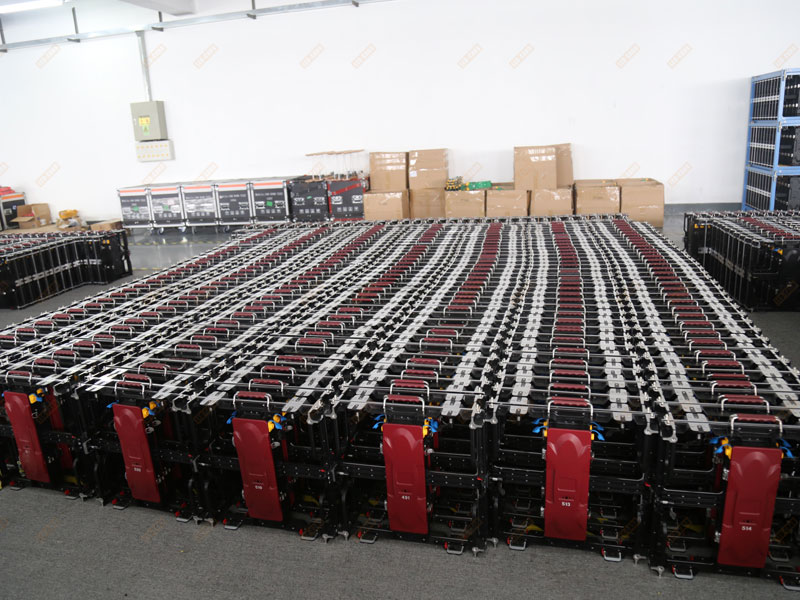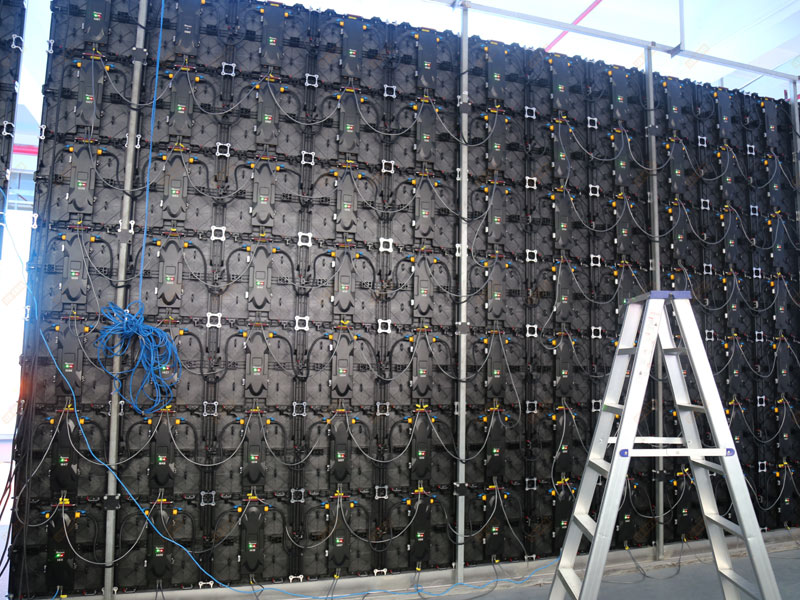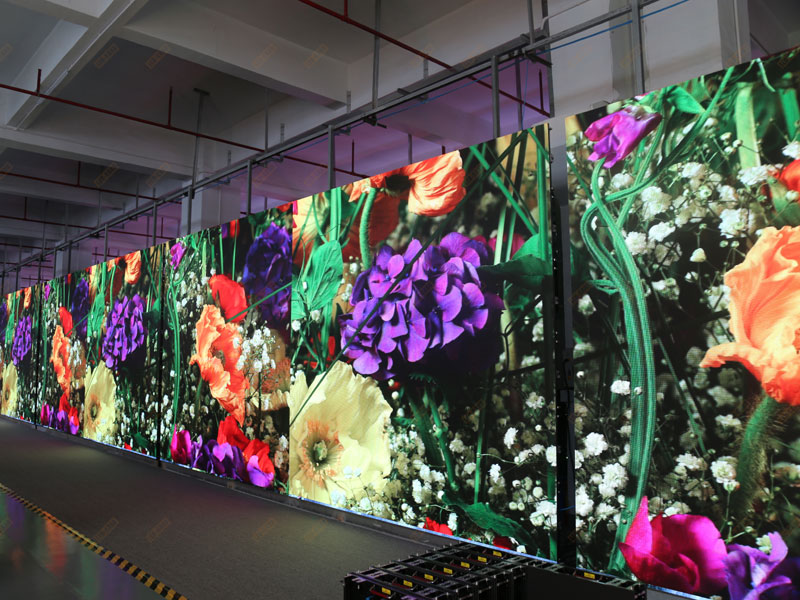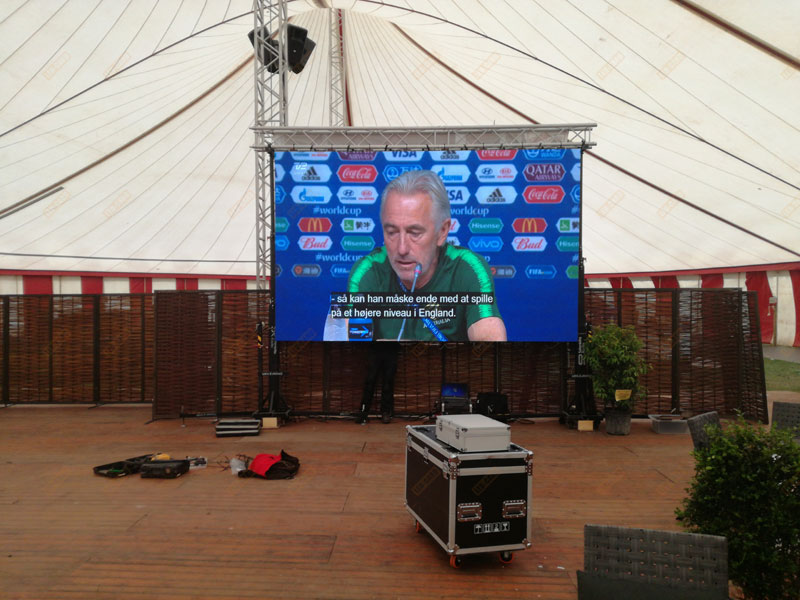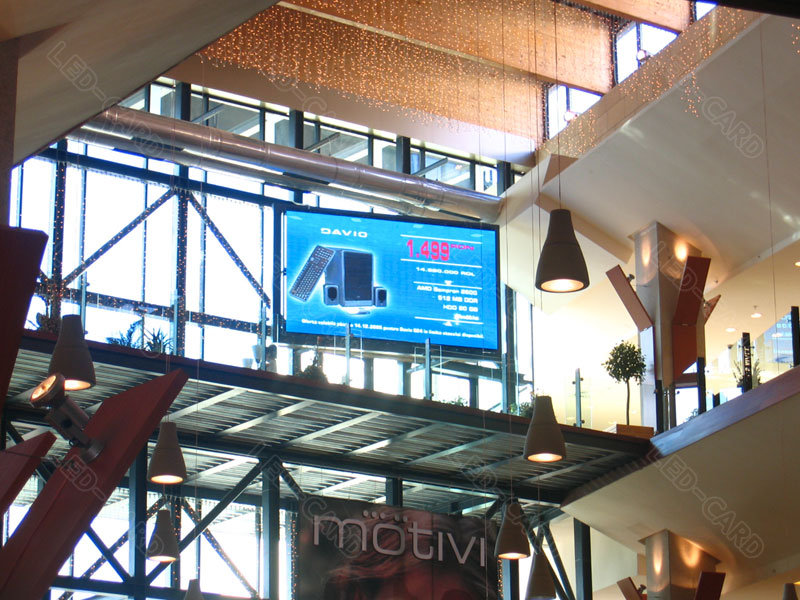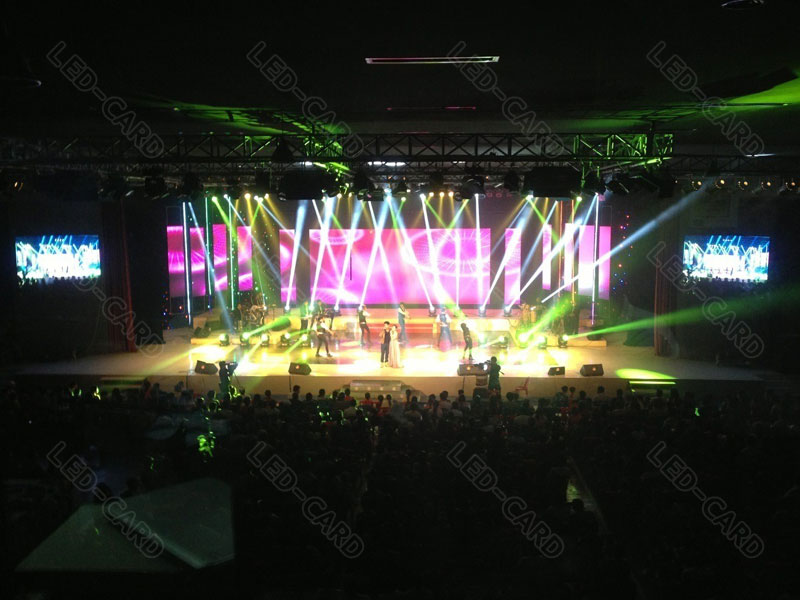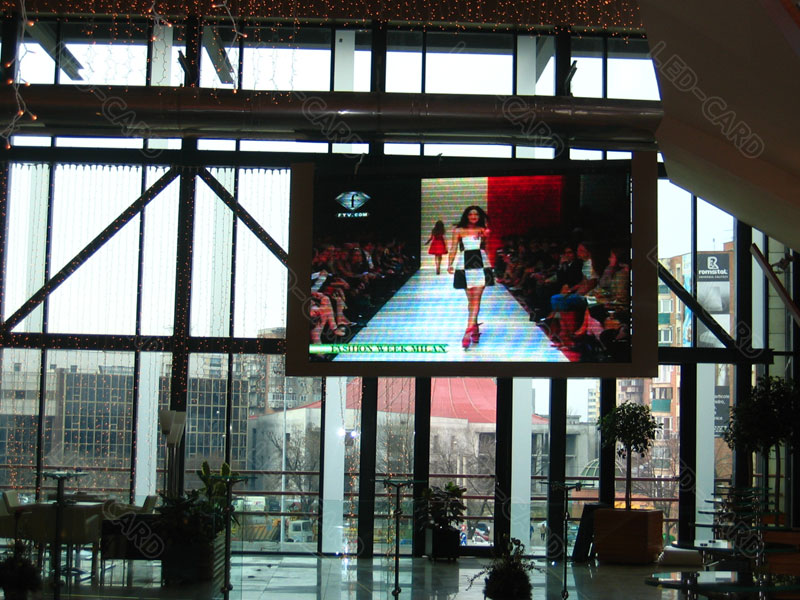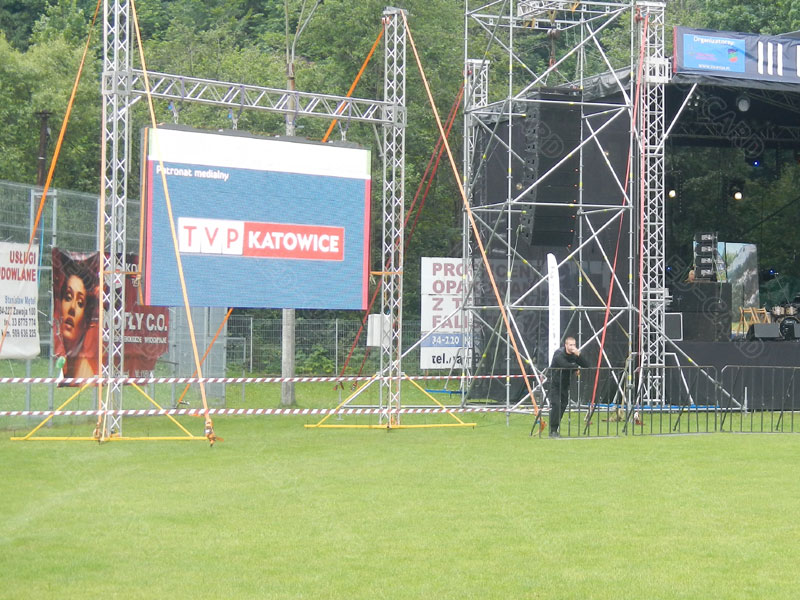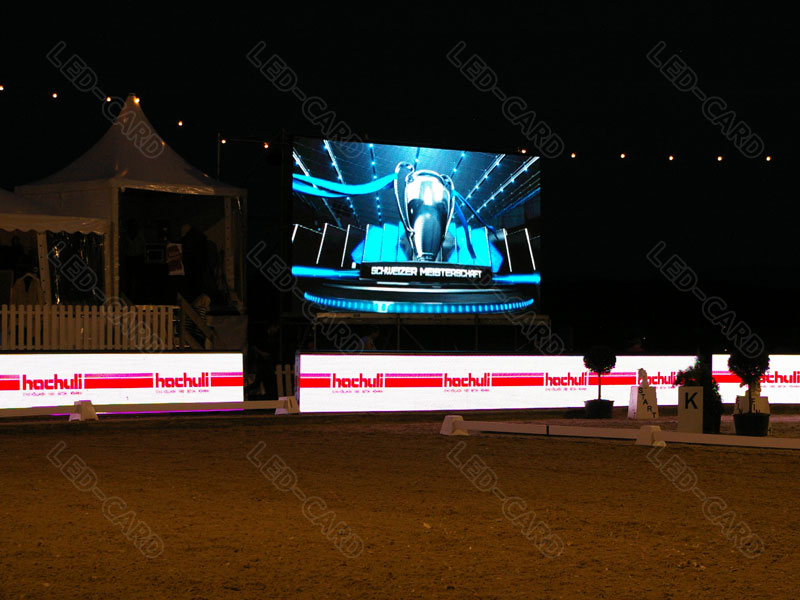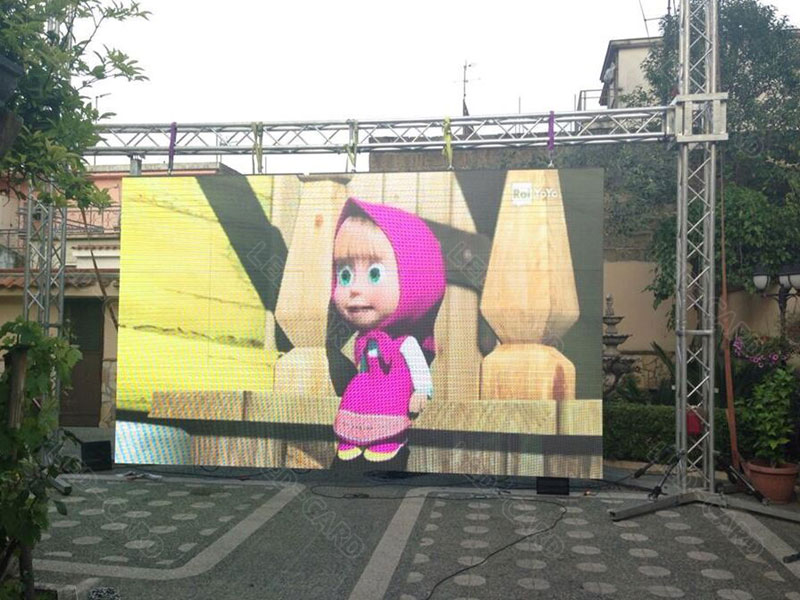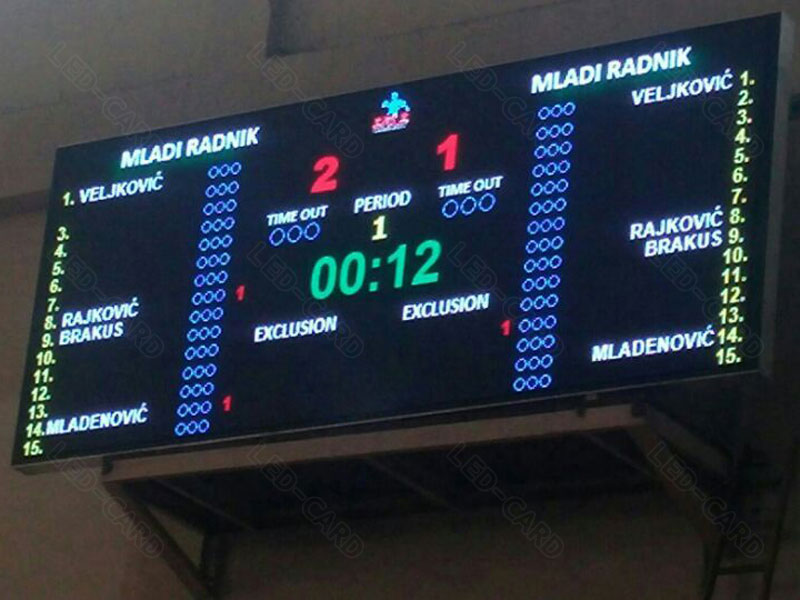No products in the cart.
How to distinguish quality of an LED display?
1. Resolution. For LED displays, resolution is the first prioritized factor. For the same area of LED display, the smaller the pitch is, the more units can be displayed to restore the video source.Means P5 is better Than P10.
2. Brightness and viewing angle: The brightness of indoor full-color screen is more than 700cd / m², and generally outdoor displays’ brightness requires 5000cd/ m² or above. The brightness is mainly determined by the quality of the LED die. The viewing angle range directly determines the number of LED displays’ audiences, so the wider the better. The viewing angle’s range is mainly determined by the LED encapsulation form (SMD’s viewing angle is definitely larger than that of DIP, but generally DIP has better brightness).
3. Flatness: LED displays’ surface flatness should be within ± 1mm to ensure that the image is not distorted or raised or recessed partly to cause its viewing angle dead, or show inconsistent color and brightness . The flatness is mainly determined by the production process.
4. Color reducibility, sharpness, contrast: Color reducibility refers to the displayed color on the LED screen must be highly consistent with that of the playback source to guarantee the authenticity. The sharpness and contrast of the display can be adjusted by control system, such as via a video processor or a control card. The light spot’s size the mask’s color also affect the sharpness and contrast.
5. Consistency of color and brightness. A good wafer manufacturer can produce LED wafers with high color purity. A good encapsulation factory has higher requirements to produce LED lamps with better consistency in color and brightness.
6. White balance effect: White balance effect is one of the important indicators of LED display. In color science, pure white will be displayed when the ratio of the three primary colors of red, green, and blue is 1: 4.6: 0.16. If the actual ratio is a little off, the white balance will be off too. Generally, we need to pay attention to check whether the white is bluish or yellowish green. The white balance is mainly determined by the control system of LED screen. LED die affects color reducibility.
7. Whether there is mosaic or dead spot phenomenon: Mosaic refers to small cubic blocks which are always bright or black on the display screen. It is a module necrosis phenomenon. The main cause is that the quality of the connector used in the display screen is not good.
8. Color block: Color block refers to the obvious color difference between adjacent modules. The color transition is based on the module. The color block phenomenon is mainly caused by the poor control system, the low gray level or low scanning frequency.
9. Protection grade. Due to the ever-changing environment, generally the protection level of the LED display is required. For example, for outdoor led screens, there is a general waterproof and dustproof need to have a certain adaptability to the working environment.
10. Refresh requirements. Generally, it needs to be above 200HZ for normal use, of course,the higher the refresh is, the stronger the sense of reality is. Especially for stage LED displays, it will require more than 2000HZ.
11. LED displays are generally used for a long time without interruption, thus they will have relatively high requirements with various materials, and require at least 168 hours of trouble-free work. Mainly rely on their power supplies, wires, PCB boards, fans, and control systems.
12. Other factors: such as energy-saving requirements (On the market, now some led displays use 3.8V or 4.2V drive to save power, or use PFC power); anti-electromagnetic interference ability (many countries have rules for this, At the same time, this ability can also improve the screen’s working stability); light decay (whether a larger wafer is used to make the LED lamp, whether the quality of the wafer and the encapsulation are high, whether the current exceeds the capacity of the wafer itself to obtain short-term brightness, etc. All these affect whether LED display can maintain stable brightness for a long time; whether it is convenient to remove and install (if the LED display is for rental use, then the rapid installation and dismantling are very important); whether it is easy to control and so on.

